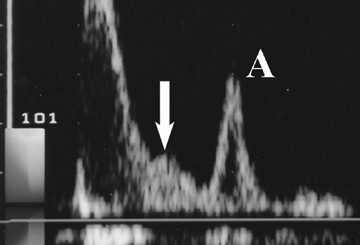Mucinous tumors of Ovary
Contents
Mucinous tumors of the ovary spectrum does not include
A. Pseudomyxoma peritonei
B. Mucinous tumors of low malignant potential
C. Invasive mucinous ovarian carcinoma
D. Meigs syndrome
Mucinous cystadenomas are best characterized by
A. Multiloculated cystic mass
B. Occur in perimenopausal women
C. Bilateral occurrence
D. Lymphatic spread
Meigs syndrome can be seen in which of the following-
A. Mucinous cystadenoma
B. Primary mucinous carcinoma
C. Granulosa cell tumor
D. Ovarian teratoma
All are true of primary mucinous adenocarcinoma except-
A. CK7 and CK20 positivity
B. Β-catenin negative
C. Progesterone receptor negative
D. Presence of mesothelin
Most effective chemotherapy for primary mucinous carcinoma is
A. Cisplatin plus etoposide
B. 5 FU plus etoposide
C. Oxaliplatin and 5-FU
D. Carboplatin plus etoposide
Tegafur is –
A. Prodrug of Fluorouracil
B. Inhibitor of fluorouracil phosphorylation
C. Dihydropyrimidine dehydrogenase inhibitor
D. Inhibitor of Src kinase
In short
- KRAS mutations within the RAS family of G proteins are significantly increased in mucinous ovarian tumors, including mucinous cystadenomas, LMP tumors, and invasive adenocarcinomas.
- Mutations in the p53 tumor suppressor gene are less frequent in mOCs than serous ovarian cancers
- Mucinous tumors are more likely than serous tumors to express E-cadherin
- Colorectal cancers can be differentiated from primary mucinous carcinoma by the presence of racemase and β-catenin.





